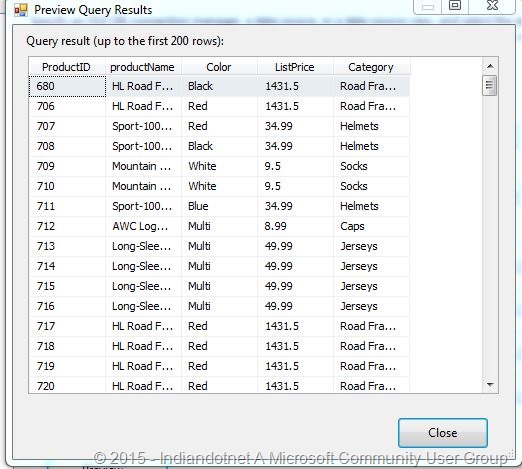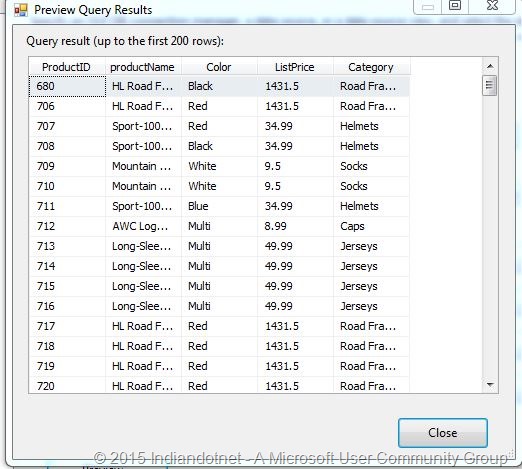Dear Friends, This is another post in the series of step by step SSIS ,Zero to hero series. In this post we will discuss another transformation control which is Multicast transformation. Multicast is a way which help us to provide multiple copy of same source data for different transformation. Or in other words we can …
Dear Friends, In the series of Step by Step SSIS , Zero to Hero in SSIS this is another post in which we will try to understand what is Derived Column Transformation. Let’s understand this by a real world example. Suppose, we are a shop keeper and our work is buy things from carpenter and …
In the series of Zero to Hero in SSIS this is our next post. In this post we will see Conditional Split transformation. I am pretty much sure that by the name you got some impression what it would be. So, a Conditional Split Transformation is a way by which you can conditionally split an …
Dear Friends, In the series of Learn SSIS step by step this is the 5th post. Now from this post we are going to use each transformation control one by one. So, lets start with simplest one transformation control which is “Sort”. By the name it is clear data it will sort the data which …
Dear friends, In last post #112 we understood WWH (What ,Why & How ) of SSIS. Now , lets move now real quick in practical session where we will try to create a basic simple package. The example which we are creating is well known Export data from SQL SERVER to a flat file. Step …
Dear Friends, As shared in last post Post #110, We are starting SSIS tutorial series ( A Step by Step SSIS learning tutorial) from today. Before starting anything we might have some questions like What is SSIS ? Why SSIS ? & How to use SSIS ? In general term I called this “WWH” What, …
This is one of the challenge for most of the developer to write dynamic SQL. Generally we follow the approach of string concatenation. This seems very easy but we need to cast the parameters in VARCHAR and sometimes we stuck in single code. I am sure this happened with all of us. Let’s understand first …
I hope all of you aware of User define table type (a table value parameter) which we discussed earlier in TIP #57. Now recently one interesting incident happened. We are using a user define table type in few stored procedure and due to some business requirement change we need to change /update data type …
I recently gone through something and found a unique way of aliasing. I thought it must be share so other techies also aware of it (or might be you already aware of it). See below example SELECT *FROM (VALUES (‘Rajat’,30), (‘Sandeep’,40), (‘Sunil’,35), (‘Shreya’,50), (‘Virendra’,45)) AS T(Name,Runs) Now when you it you will get following result …
Whenever we develop application of maintain application we define sets of rules or policies like naming convention , data type, database & SQL SERVER properties (like which property should be unable or disable) but the problem is to cross check or to enforce these properties is very tedious. To enforce the policies SQL SERVER …

